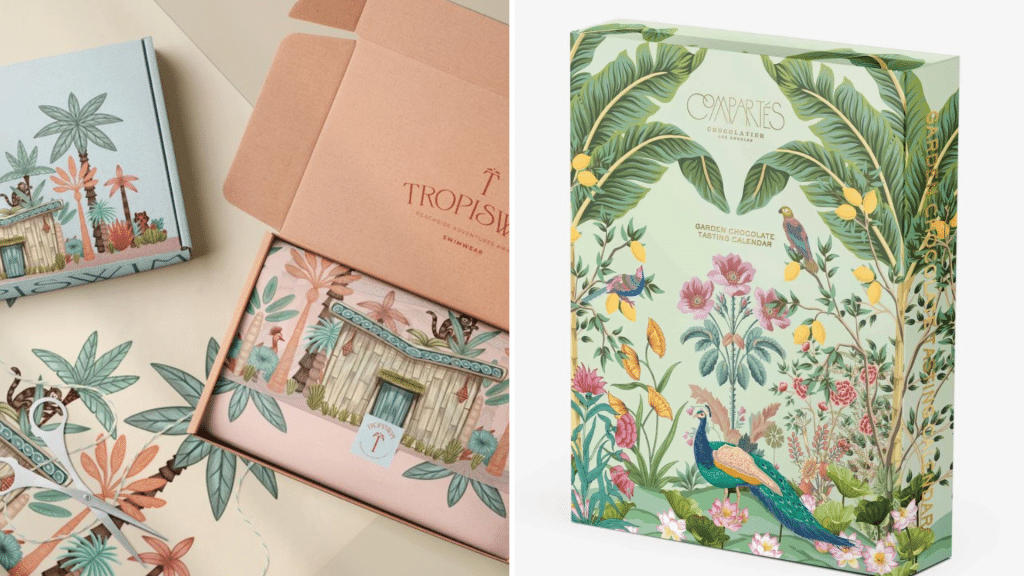In my consultancy, I help many experts turn their ideas into productized offers that are easy to sell, simple to deliver, and scalable. I work with many design professionals, but also other professionals such as consultants, coaches, lawyers, accountants, and even SaaS companies.
Since I often talk about Products or Productized Offers, I thought it would be helpful to explain…
- what it really means
- what are the different types and methods of productization
- help you identify where productization would fit in your business and when!
What Exactly Is Productization?
Productization isn’t (solely) about selling a physical product – it’s about creating repeatable, scalable revenue streams that go beyond traditional design (or any) services. As a design professional, you can productize your expertise in many ways, from packaged service offerings to full-fledged product lines. Even post-project support and client education can become profitable, structured services.
The Types Of Productization
Understanding the different types of productization can help you expand your business while maintaining quality and efficiency. Typically, the types are:
- Technology-enabled services
- Standardized service packages
- Products: digital or physical
- Subscription-based services
- Other revenue models, such as licensing & collaborations
Of course, there might be many more, and if you want some inspiration, read about multiple revenue models for designers!
Now, let’s define each of these!
Technology-Enabled Services
Probably the simplest one: this means that whatever service you offer, you leverage technology to simplify some parts of the process. This could be, for example, using AI to create mood boards or using a quiz form to collect client onboarding assessments. By incorporating digital tools and platforms, you can streamline operations and create new revenue streams.
Examples include:
- Virtual design consultations via video conferencing
- Augmented reality (AR) tools for space planning and visualization
- AI-powered interior design recommendations
- Online client portals for project management and collaboration
Technology-enabled services allow you to reach a wider audience, reduce overhead, and provide clients with interactive and efficient design experiences.
Standardized Service Packages
This is the type of productized service that is often the first one that designers start to implement, and it is also one of the easiest ways to start productizing your design firm. This means that you start packaging services into clear, standardized offerings. Instead of fully custom projects, you can create pre-defined design packages at set prices.
For example:
- A room refresh package with a set number of revisions
- A kitchen design consultation with specified deliverables
- Virtual design services with a streamlined process
This model increases efficiency, reduces back-and-forth with clients, and makes the sales process smoother.
The difference between the tech-enabled and productised service is that the former might still do a lot of customization, whereas the latter has a specific scope and deliverables, often including pricing.
Products: Digital
This type of productization means that you turn your expertise into a digital product and sell that to your clients. This is often called “passive income”, although there’s not much passive about this… We talk about passive income for designers in this article!
Examples include:
- E-books or guides on home styling, color theory, or renovation planning
- Downloadable mood board templates or floor plan layouts
- Pre-made design palettes or material selections
These digital offerings allow you to serve a broader audience without increasing your workload.
Products: Physical
Some design firms take productization further by launching their own product lines. These can range from custom furniture collections to branded home decor.
Potential product lines:
- Custom furniture designed in-house
- Exclusive textile collections
- Home accessories with a signature aesthetic
Manufacturing and distribution require more investment, but they also offer high scalability.
Subscription-Based Services
This is another way of creating standardized services, where you have a certain scope, but you deliver it over time. Recurring revenue models provide stability and predictability in income. Subscription-based offerings can be an innovative way to maintain client relationships and generate ongoing value.
Examples:
- Monthly styling guides or trend reports
- Membership programs with access to exclusive design resources
- Ongoing design support for homeowners or businesses
Subscriptions create an opportunity for continuous engagement with your clients beyond one-time projects. These, in turn, might turn into new projects, bespoke or productized.
The difference between standardized and recurring revenue services is that the former is specifically scoped to have a start and end, while the latter has a start and scope, but (hopefully) no end.
Licensing and Collaborations
Instead of manufacturing your own products, you can partner with established brands through licensing deals. This allows you to leverage your design expertise without handling production logistics.
Examples include:
- Licensing fabric or wallpaper designs to a manufacturer
- Collaborating with a furniture brand on a signature collection
- Partnering with retailers to develop exclusive product lines
This approach builds brand equity while minimizing operational complexity.
So, this is my list of the most typical productized offers. What would you like to implement next?

